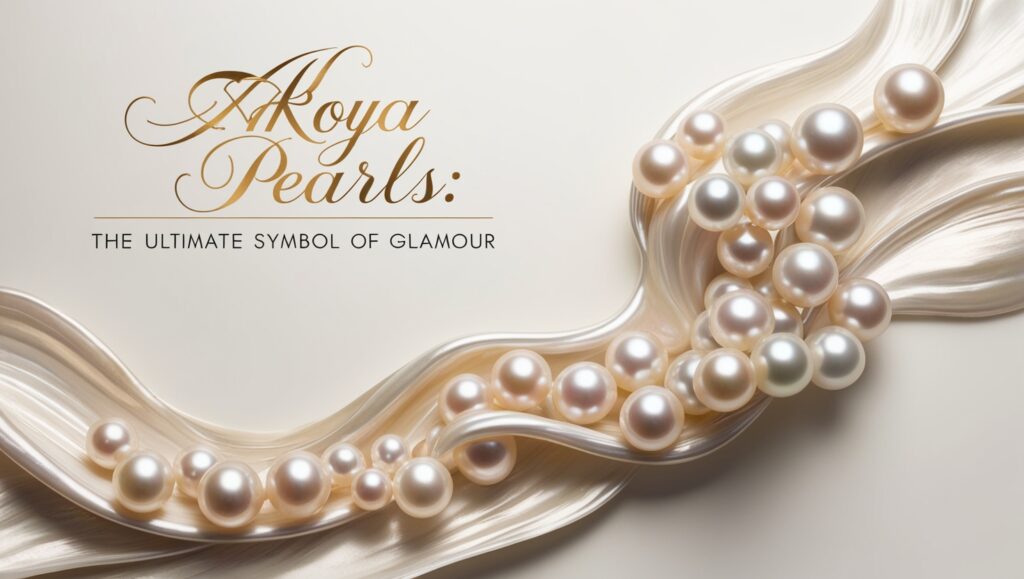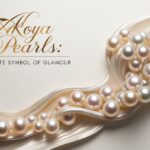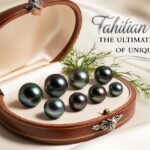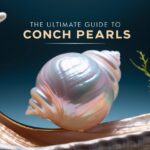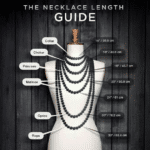When it comes to elegance, sophistication, and timeless beauty, few gemstones rival the allure of Akoya pearls. Renowned for their mirror-like lustre and near-perfect round shape, these gems have long been a favorite among jewelry enthusiasts worldwide. Whether you’re exploring pearl options for a special occasion or adding to your collection, Akoya pearls are the ultimate symbol of glamour.
Akoya Pearls: An Overview
Akoya pearls are the first cultured pearls to capture global attention, setting the standard for beauty and craftsmanship. These pearls, harvested from the Pinctada fucata oyster, are prized for their uniformity and radiant sheen. Typically, Akoya pearls are cultivated in Japan, with Vietnam and China emerging as notable contributors to the industry.
Key Features
- Lustre: Akoya pearls are celebrated for their luminous, reflective surfaces.
- Shape: Known for their symmetrical roundness, a hallmark of quality.
- Size Range: Commonly 6mm to 9.5mm, striking a balance between elegance and wearability.
- Colors: Classic white with overtones of rose, silver, or cream, though some come in shades of ivory or champagne.
Explore The Ultimate Pearl Guide.
Exceptional Characteristics of Akoya Pearls
Shape and Symmetry
Akoya pearls are known for their almost perfect round shape, achieved through meticulous farming techniques. This symmetry is what makes Akoya pearls ideal for creating stunning necklaces and bracelets, where consistency in shape is essential.
Lustre: The Mirror Effect
The reflective lustre of Akoya pearls sets them apart. This characteristic is a result of the pearl’s nacre composition, which is compact and crystalline, allowing light to refract and reflect brilliantly.
Surface Quality
While no natural pearl is entirely free of blemishes, high-quality Akoya pearls exhibit smooth surfaces with minimal imperfections, enhancing their value and appeal.
Color Spectrum
The classic white Akoya pearl with subtle overtones of rose, silver, or cream is the most sought-after. These overtones add depth and uniqueness to each pearl, elevating its aesthetic appeal.
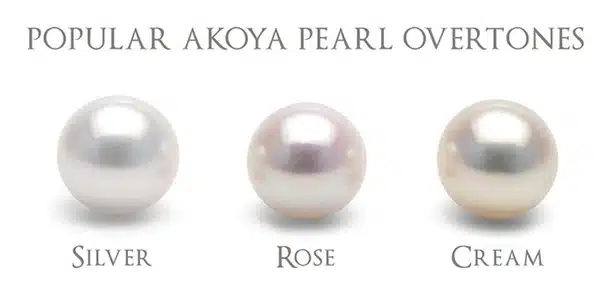
Hanadama Akoya Pearls: The Gold Standard
When discussing premium Akoya pearls, the term “Hanadama” often arises. These pearls represent the pinnacle of quality.
What Sets Hanadama Pearls Apart?
- Lustre: Exceptional mirror-like reflection.
- Surface: Virtually flawless, with minimal imperfections.
- Certification: Each Hanadama pearl is tested and certified by independent labs in Japan, ensuring it meets the highest standards.
The term “Hanadama” translates to “flower pearl”, signifying their unparalleled beauty. These pearls are perfect for collectors seeking the finest in elegance and craftsmanship.
The Beauty of Akoya Pearls
The captivating allure of Akoya pearls lies in their unique properties, particularly their nacre composition. Nacre, the natural substance produced by oysters, forms the iridescent layers that define a pearl’s beauty.
Why Akoya Pearls Stand Out
- Crystalline Nacre Structure: This structure creates a mesmerizing interplay of light, giving Akoya pearls their signature radiance.
- Overtones: Delicate hues of rose, silver, or cream enhance their elegance.
- Size Range: Popular sizes like 7.5mm to 8mm provide versatility for various jewelry designs.
You Might Also Like South Sea Pearls: The Symbol of Luxury
A Comparison of Popular Pearl Types
| Pearl Type | Typical Size Range | Primary Colors | Unique Traits |
|---|---|---|---|
| Akoya | 6mm – 9.5mm | White, rose, silver | High lustre, round shape |
| Tahitian | 8mm – 15mm | Black, green, peacock | Unique dark tones |
| South Sea | 10mm – 20mm | White, gold | Large size, satin-like lustre |
| Freshwater | 5mm – 12mm | Various | Affordable, baroque shapes |
Origins and History of Akoya Pearls
The history of Akoya pearls is inseparable from Kokichi Mikimoto, who revolutionized pearl cultivation in the early 20th century. Using innovative grafting techniques, Mikimoto perfected the art of producing round, luminous pearls.
Key Milestones
- 1893: Mikimoto successfully cultivates the first Akoya pearl.
- Early 20th Century: Akoya pearls gain international recognition.
- Today: Akoya pearls remain a global standard for quality and beauty.
The Cultivation of Akoya Pearls
Key Cultivation Regions
- Japan: The premier producer, known for strict quality standards.
- Vietnam: Gaining recognition for affordable, high-quality pearls.
- China: A major contributor to accessible Akoya pearls.
The Role of Japanese Pearl Farming
- Cold Pacific Waters: Ideal for slow nacre formation, resulting in superior lustre.
- Ama Divers: Skilled women who harvest oysters sustainably, maintaining the integrity of the environment.
Akoya Pearl Shapes and Sizes
While Akoya pearls are famed for their round shape, they also appear in unique forms:
- Round: The most coveted and valuable.
- Baroque: Irregular shapes with a distinctive charm.
- Keshi: Small, organic pearls formed without a nucleus.
| Shape | Description | Common Uses |
|---|---|---|
| Round | Perfect symmetry | Necklaces, earrings |
| Baroque | Irregular, artistic shapes | Unique pendants |
| Keshi | Tiny, nacre-only pearls | Intricate designs |
Grading Akoya Pearls
The A-AAA grading system provides a reliable framework for evaluating Akoya pearls.
Grading Criteria
- AAA: Highest quality, exceptional lustre, flawless surface.
- AA+: High quality, minor imperfections.
- A: Moderate quality, visible blemishes.
| Grade | Lustre | Surface Quality | Shape |
|---|---|---|---|
| AAA | Mirror-like | Virtually flawless | Perfectly round |
| AA+ | High brilliance | Minor imperfections | Near round |
| A | Moderate | Visible blemishes | Variable |
Must Read Tips to Safely Store Your Jewelry.
Enhancements and Treatments
To enhance their appearance, Akoya pearls often undergo:
- Bleaching: For uniform, brighter coloration.
- Dyeing: Adds vibrant hues to meet market demands.
- Irradiation: Intensifies overtones and iridescence.
Buyers should ensure transparency by requesting detailed documentation when purchasing treated pearls.
Akoya Pearl Jewelry: Style and Versatility
Akoya pearls shine in a variety of jewelry designs, from classic to contemporary.
Necklace Styles
- Single-Strand: Timeless and elegant.
- Multi-Strand: Adds glamour and sophistication.
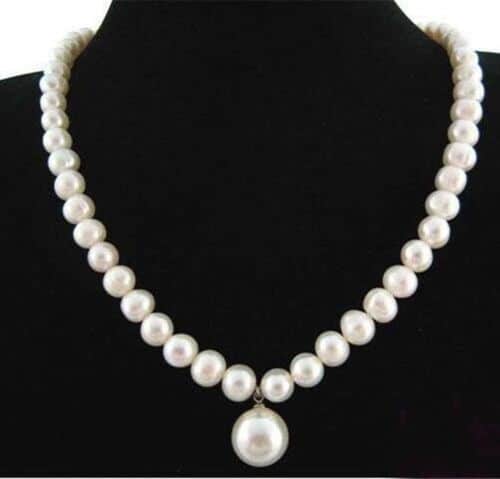
Bracelets
- Classic Single-Strand: Perfect for everyday or formal wear.
- Layered Designs: Modern, dynamic appeal.

Earrings
- Studs: A must-have for any collection, often paired with diamonds.
- Drop Earrings: Adds drama and elongates the neckline.
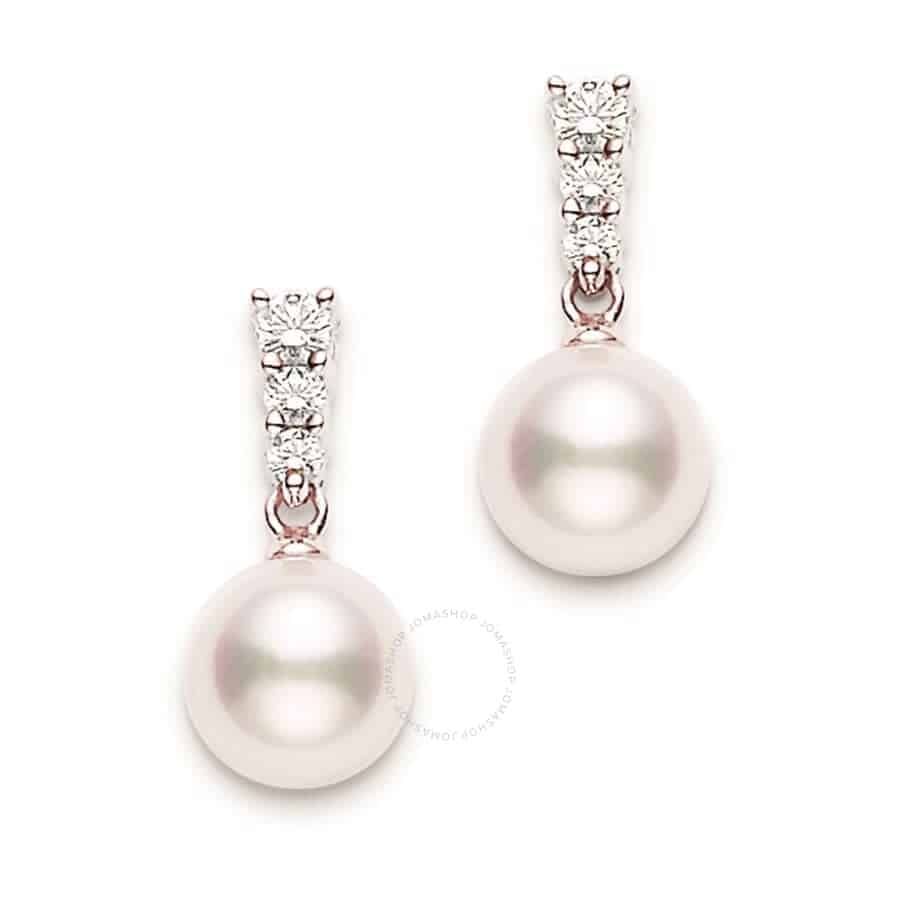
Pendants
- Solitaire Designs: Showcase a single, stunning pearl.
- Diamond Accents: Elevate the pearl’s beauty with sparkle.
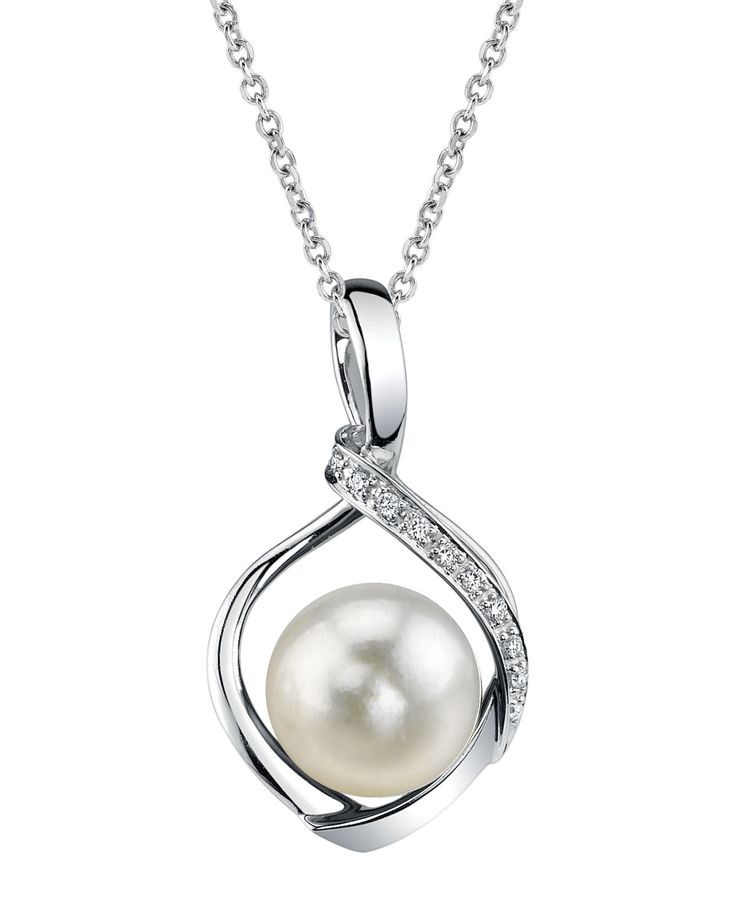
Tips for Buying Akoya Pearls
What to Look For
- Certification: Ensure authenticity, especially for Hanadama pearls.
- Grading: Understand the A-AAA scale.
- Size and Shape: Match your preferences and budget.
Maintenance Tips
- Store separately to prevent scratches.
- Clean with a soft cloth and mild soap.
- Avoid exposure to chemicals or harsh cleaning agents.
Learn more at Diamonds vs Pearls: Which is more valuable?
Conclusion
Akoya pearls represent the epitome of luxury and timeless beauty. From their rich history to their exceptional characteristics, these pearls continue to captivate jewelry enthusiasts worldwide. Whether you seek an heirloom-quality necklace or a pair of elegant earrings, Akoya pearls are a stunning addition to any collection. Embrace the glamour and sophistication of these radiant gems and let their beauty shine for generations to come.

Astro Sari is a seasoned blogger with a deep passion for pearls and oceanic gems. With years of experience in the field, he brings insightful knowledge and engaging content to Pearl Mystique. His expertise helps readers explore the beauty, history, and significance of pearls in a captivating way.

